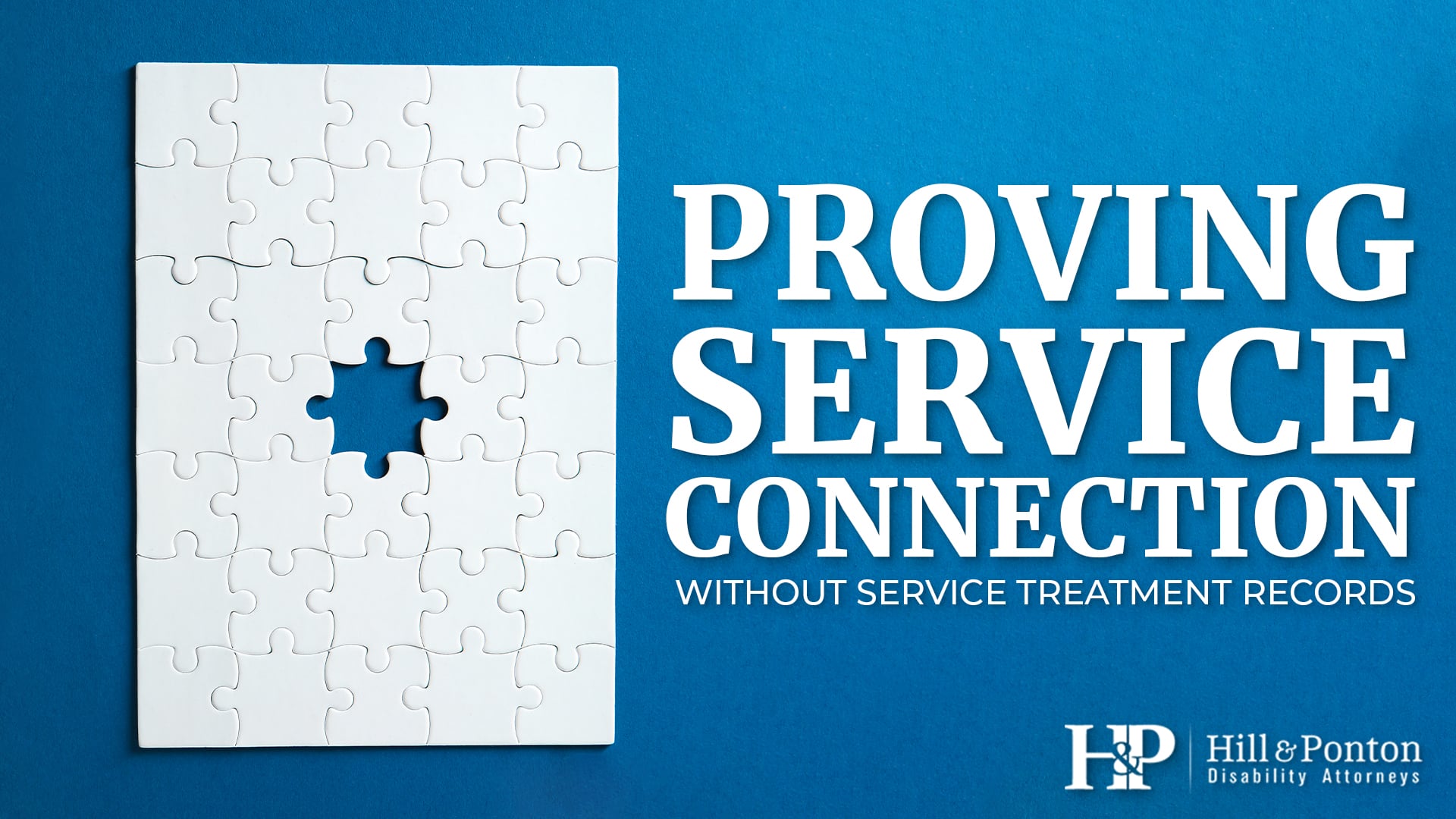Post-Traumatic Stress Disorder (PTSD) is a significant issue in VA disability claims, stemming from a traumatic event, or “stressor,” experienced by veterans during service.
Navigating the PTSD claim process involves understanding key regulations and overcoming unique challenges. This guide simplifies the essentials of building and filing your PTSD claim.
Essential Criteria for PTSD Claims
Successful PTSD claims hinge on three critical elements:
1. Current PTSD Diagnosis
- Must be diagnosed by a qualified medical professional such as a psychiatrist or psychologist.
- The diagnosis should adhere to the DSM-5 criteria, detailing specific symptoms and their impact on your daily life.
2. Evidence of an In-Service Stressor
- Documentation or credible evidence that a traumatic event occurred during service, capable of causing PTSD.
- For combat veterans, personal statements and participation in combat can be enough to establish the stressor.
- Non-combat veterans need corroborative evidence such as buddy statements or service records.
What Makes a Good Buddy Statement?
Attorneys Brian Hill and Carol Ponton talk about buddy statements for PTSD and how to get one that can help establish service connection:
Attorney Matthew Hill has written THE book on how to prepare (and win!) your VA claim. Get The Road to VA Compensation Benefits for free as an ebook or in print.
Get the free ebook3. Medical Nexus Linking PTSD to the Service Stressor
A professional medical opinion is required, stating it is “at least as likely as not” that your PTSD is connected to the in-service stressor. A medical nexus can include:
- A detailed statement from a treating physician or psychologist is essential.
- Vet Center records and counseling notes can serve as supporting evidence.
Challenges in Proving Service Connection
- PTSD Not Presumed Service-Related: Unlike some conditions, PTSD must be explicitly linked to service events.
- Evidence Requirements: Claims must be supported by robust documentation or witness testimonies.
- Complex PTSD Cases: Situations involving personal assaults or non-combat-related trauma may require additional evidence to verify the stressor.
VA’s Duty to Assist
The VA is required to help claimants by obtaining necessary records and arranging medical examinations.
This includes:
- Service personnel and medical records.
- Private medical records identified by the veteran as relevant to the claim.
- Detailed accounts of stressor incidents, including dates and locations if possible.
If you need further guidance or are struggling with your claim, consider reaching out for professional assistance from veterans’ advocates like Hill & Ponton.
Obtaining the Right Compensation
- Accurate Disability Rating: Ensure the PTSD disability rating accurately reflects the severity of the condition based on detailed medical evidence.
- C&P Exam Preparation: Familiarize yourself with the rating criteria and prepare to discuss how symptoms affect daily functioning.
- Consider a Second Opinion: If the initial C&P exam does not capture the full impact of PTSD, seeking an additional expert opinion can be beneficial.
Establishing service connection for PTSD requires a clear understanding of the criteria and a well-documented claim. While the process can be complex, accurately presenting your case can significantly impact the outcome of your claim and ensure you receive the benefits you deserve.
Did the VA Deny Your Disability Claim?
Let our team review your case today!
Get a Free Case EvaluationCassandra Crosby, an Accredited Agent and claims advocate for Matthew Hill & Shelly Mark’s teams, reviewed the information provided in this post.




